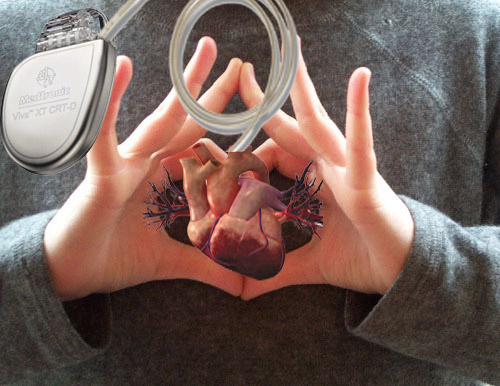Now, researchers are developing technology to make these devices battery-free. The advancement is based upon a piezoelectric system that converts vibrational energy - created inside the chest by each heartbeat - into electricity to power the pacemaker.
The implantable pacemaker, a medical marvel that has extended millions of lives since its invention nearly 60 years ago, is getting a 21st century makeover. First came a wireless version; these pacemakers, which are AAA battery-sized and placed inside the heart via a catheter through the leg, are being tested in humans in the United States, Canada and Australia.
The technology may eliminate the medical risks, costs and inconvenience of having a battery replacement every five to 12 years for millions of people worldwide. From the beginning The development of pacemakers dates back nearly a century. At the beginning, most efforts focused on devices that patients would carry outside their body. Surgeons first successfully implanted a pacemaker in a human in 1960 in Buffalo, New York.
The device, invented by UB alumnus Wilson Greatbatch, enabled the patient to survive another 18 months. (Note: A patient in Sweden received an implantable pacemaker in 1958, but the device failed after three hours).
While there have been advancements since 1960 -- the devices are smaller, the batteries last longer, there are even "smart" pacemakers that are linked to computers -- the basic design from Greatbatch is the same. About the size of a pocket watch, pacemakers are implanted under the skin through an incision in the chest. Wires, also called leads, connect the device to the heart and deliver electrical signals that regulate the heart's activity. The new wireless option does not require leads because it rests inside the heart. This removes a potential point of failure, but the device still relies on a battery that must be replaced as often as the batteries that conventional pacemakers use.
